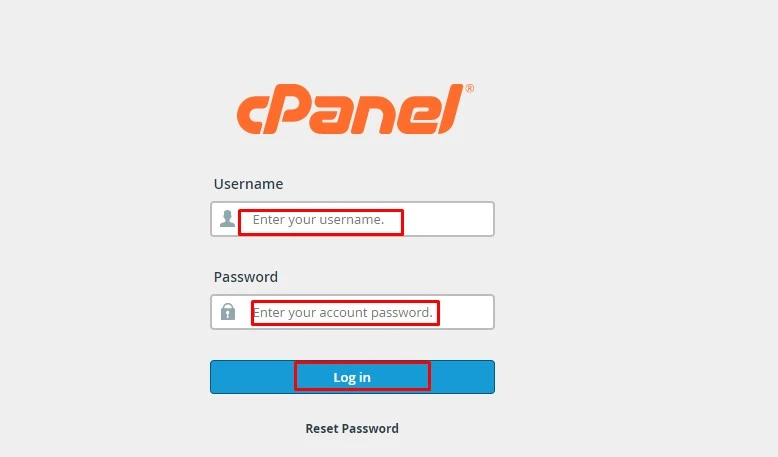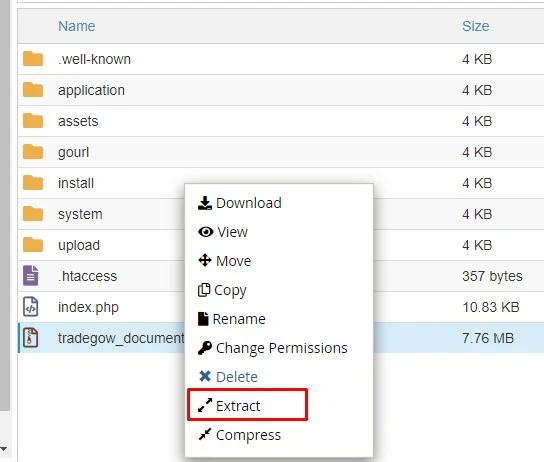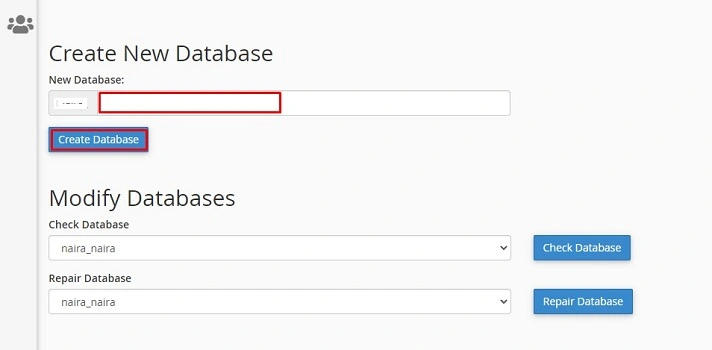How to Host a PHP Website (Step by Step)

How to Host a PHP Website? Hosting a PHP website involves uploading or connecting PHP files to the web server and making them accessible by a domain name.
The process goes by different stages, and each of the stages is equally equivalent. Moreover, hosting a website is crucial if you run a business, a personal portfolio, or any application that is PHP-based.
When you host a PHP website, your website and all the resources become visible to others. But hosting a PHP website can be complex if you are new or have limited knowledge of it.
By remembering your concern, we have provided the entire guideline of how to host a PHP website. Go through the process and make your website accessible to visitors.
Why Do People Choose PHP Websites for Hosting?
If you ask, why do people choose PHP websites for hosting? The straightforward answer is: A PHP website is very clear, cost-effective, detailed, and SEO-friendly.
These are the key points of PHP's popularity. Moreover, PHP remains popular among software developers for its high flexibility. In software development, PHP is used more frequently.
Let's get into the details and break down the main reason.
1. Very Wide Hosting Support
PHP is widely used, and maximum hosting providers support PHP hosting. So, it becomes very easy and reliable. This is one of the major benefits or causes of PHP popularity.
2. Cost-Effective
PHP is open source, which means there is no licensing cost. So, the users can use it for free. In general, the overall cost of development got reduced. Moreover, in terms of PHP hosting, the hosting cost is much lower than others.
3. Easy Deployment
Hosting a PHP website is very simple and straightforward. There is no complex process; you just upload your files to the server, compose the database, and your website is live. However, the process is easy, and no installation is needed, which makes it easy to deploy.
4. Compatibility with Database
PHP is highly compatible with different types of databases. For example, MySQL, MariaDB, PostgreSQL, etc., and these databases play a crucial role in making PHP easier. However, due to the compatibility with databases, popular ecommerce, and CMS platforms, they use it.
5. Scalability and Performance
PHP is highly scalable and has better performance compared to others. You can get a powerful website or software applications with the proper optimization of PHP. So, if you prefer a well and smoothly performing website, PHP is the best choice. However, most of the restaurant software uses PHP script.
6. Larger Community and Resources
PHP has a very large community. As it developed over more than a decade, it has plenty of users. And, making it a complete platform, which is very effective for development. You can easily get PHP resources such as plugins, tutorials, frameworks, and other available resources and make the task easier.
Step By Step Process of How to Host a PHP Website
Successfully hosting a PHP website ensures your site is on the internet and working properly. However, the PHP website hosting goes through the different systemic methods.
To make sure you have a functional PHP website, you must follow all the processes properly.
- The process starts from preparing your PHP files. It includes a database, assets, and scripts.
- After that, you have to choose a hosting plan such as cloud hosting or shared hosting.
Remember, your hosting plan should be scalable enough so that you can get better control.
- When your hosting is complete, then you can upload your files into the server.
- After completing all the configuration, you are near to the final stages.
- Now, as a final process, you have to connect your domain to the server. This is how you can host a PHP website on the server.
Here, we have provided a detailed and step-by-step guide to how to host PHP websites using cPanel. Follow the process for better understanding.
Step 1: Prepare Your PHP Website
First, you have to make sure you have all the resources for your projects.
- PHP Files.
- CSS, JS, Images.
- Database.
Step 2: Log In To cPanel
Now, it is time to sign up on cPanel with the login information.
- Visit the cPanel login page.
- Provide all the information, such as the username and password, which is provided by the host.

Step 3: Upload Your File
After successfully signing up and logging into the cPanel, you have to upload your files. Here are the necessary steps for uploading your file.
- For the file uploaded, you have to go to cPanel and open File Manager.
- Now, you have to navigate the public_html folder; after navigation, you will find an option called "upload".
- Click on the Upload, select your files, and upload them.
- If the uploaded file is a zip file, then you must unzip it by clicking on the extract.

Step 4: Database Setup - If Needed
Here is the database setup process. You may go through the process if you need it.
- Visit the MySQL database on cPanel.
- Make a new database for your project.
- Generate a database user by setting a secure and strong password.
- Assign the user for the database.
- Now, go to the Admin Panel, select the database, click on the Import button, and upload.

Step 5: Configure PHP Setting
Now, for the PHP configuration setting, you have to follow the below steps.
- First, you have to go to cPanel; there are two options, MultiPHP Manager and Select PHP Version.
- Now, select the PHP version that is compatible with your website.
- Get the necessary extension.
Step 6: Connect Your Domain
Let's go for the connection methods. Here is the breakdown of domain connection.
- Ensure your domain is pointing to the correct hosting server.
- Update your domain registrar pointing to the server IP by setting a record in the domain DNS.
- Now, you have to wait for DNS propagation.
Step 7: Test Your Website
Time for testing your website. It is a part of hosting a PHP website.
- First, open your browser and visit your domain.
- Look for the necessary information, such as the database connection is working properly and all pages are loading smoothly.
- Check for the troubleshooting issues.
Step 8: Security & Backup
For proper security and backup, you must follow the steps.
- Properly setting file permissions
- Activate SSL certificate.
- Ensure and set up the backups using the cPanel backup wizard.
Things to Remember Before Choosing PHP Web Hosting?
PHP scripts can only be illustrated on a server with PHP installed, so if you want to enjoy hosting PHP benefits, you need to choose a web host that supports it.
Choosing PHP web hosting is not easy because there are many PHP web hosting providers in the market. Most web hosts offer the same features, but it's good to know what's different about the best from the rest. PHP blogging platforms are widely popular for easy and fast loading speed.
In this section, we will provide some effective aspects of PHP web hosting that you need to check before choosing the best web hosting for your website.
These are given below:
- Before buying PHP web hosting, you should first check if it supports PHP or MySQL.
- You need to know how much storage is available for your website files.
- How much bandwidth is available for your website
- You must determine how many domains and subdomains you can register.
- You need to check if there are any automatic backup or restore options.
- What kind of IT support are they providing?
- Will the hosting provider meet the requirements for hosting your site?
- Before choosing any hosting service, you must ensure that your hosting provider has sufficient memory space and a processor for your PHP application.
- You need to check if it has dynamic administration tools or not.
- Need to check the hosting provider refund policy. Sometimes, some hosting providers do not provide constant support. So, in that case, you need to choose a system that has a refund policy in case of any major problem.
Final Thought
The demand for PHP websites is increasing day by day. However, after purchasing a PHP script, many people do not understand how to host it or connect it to the server.
Hopefully, this article will help you to understand how to host a PHP website on their prospective server. Moreover, they don’t need any coding knowledge or to hire anyone to do this job.
Anyone can easily do this by following the step-by-step solution that we have provided.









